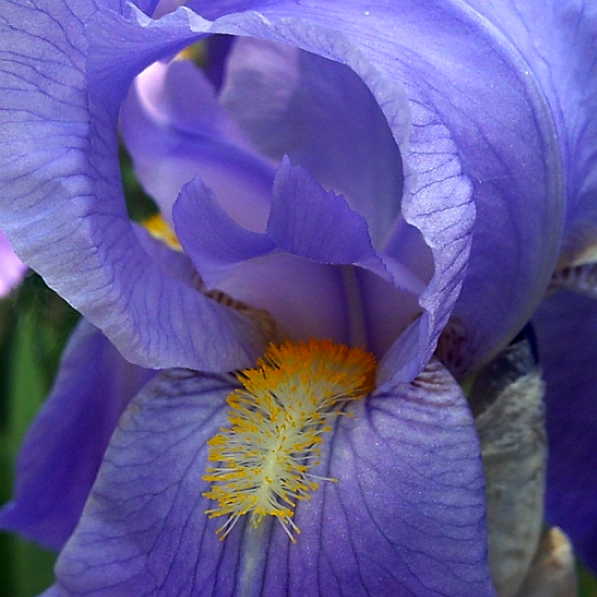We continue our voyage in the center of Cluj, walking through the southern part. At the time when I took the photos, the area was under renovation, but one can still catch a glimpse of the architecture and the mood.
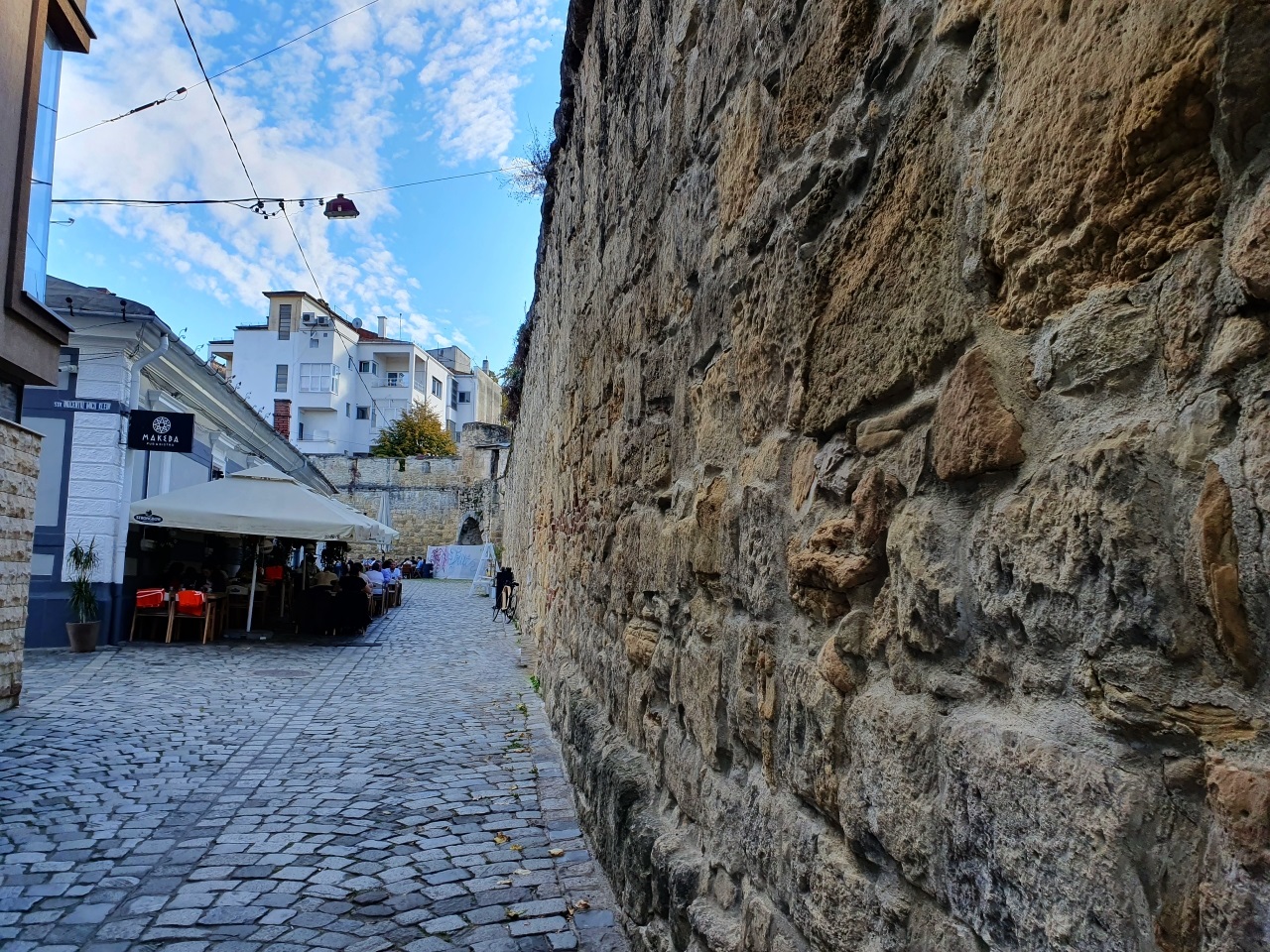
Cluj is, from one (personal) perspective, a history of walls. Here is a well preserved part of the ancient wall, on the Potaissa Street. In the background we can see the Shoemakers’ Tower & Bastion.
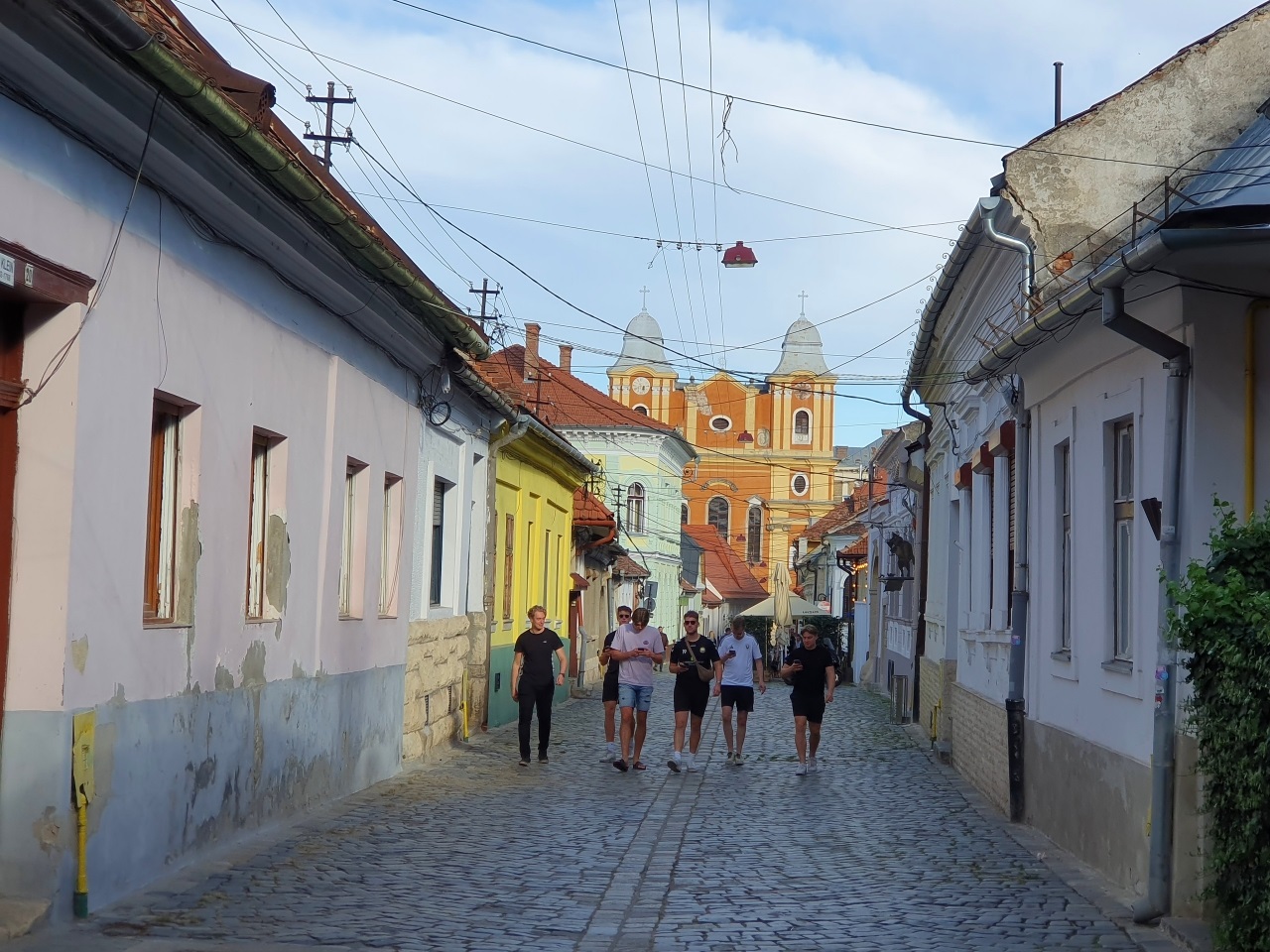
Turning our eyes to the city center, we can see the Inocentiu Micu Klein Street and the orange Piarist Church at the other end of the street. The greenish building to the left is part of the Faculty of History.

The old wall is relatively well preserved in this area, because it was hidden among many houses.
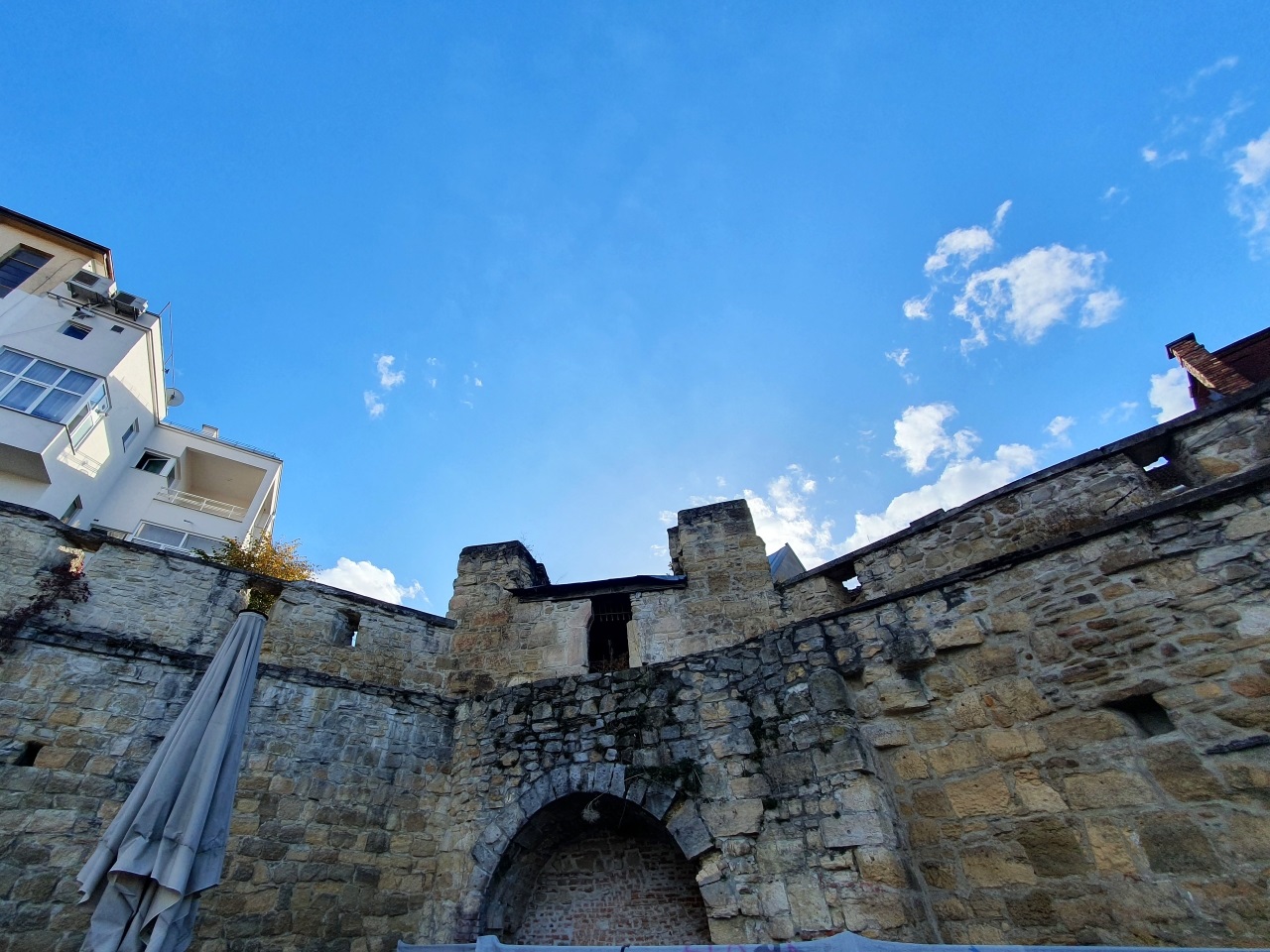
The Shoemakers’ Tower close-up.
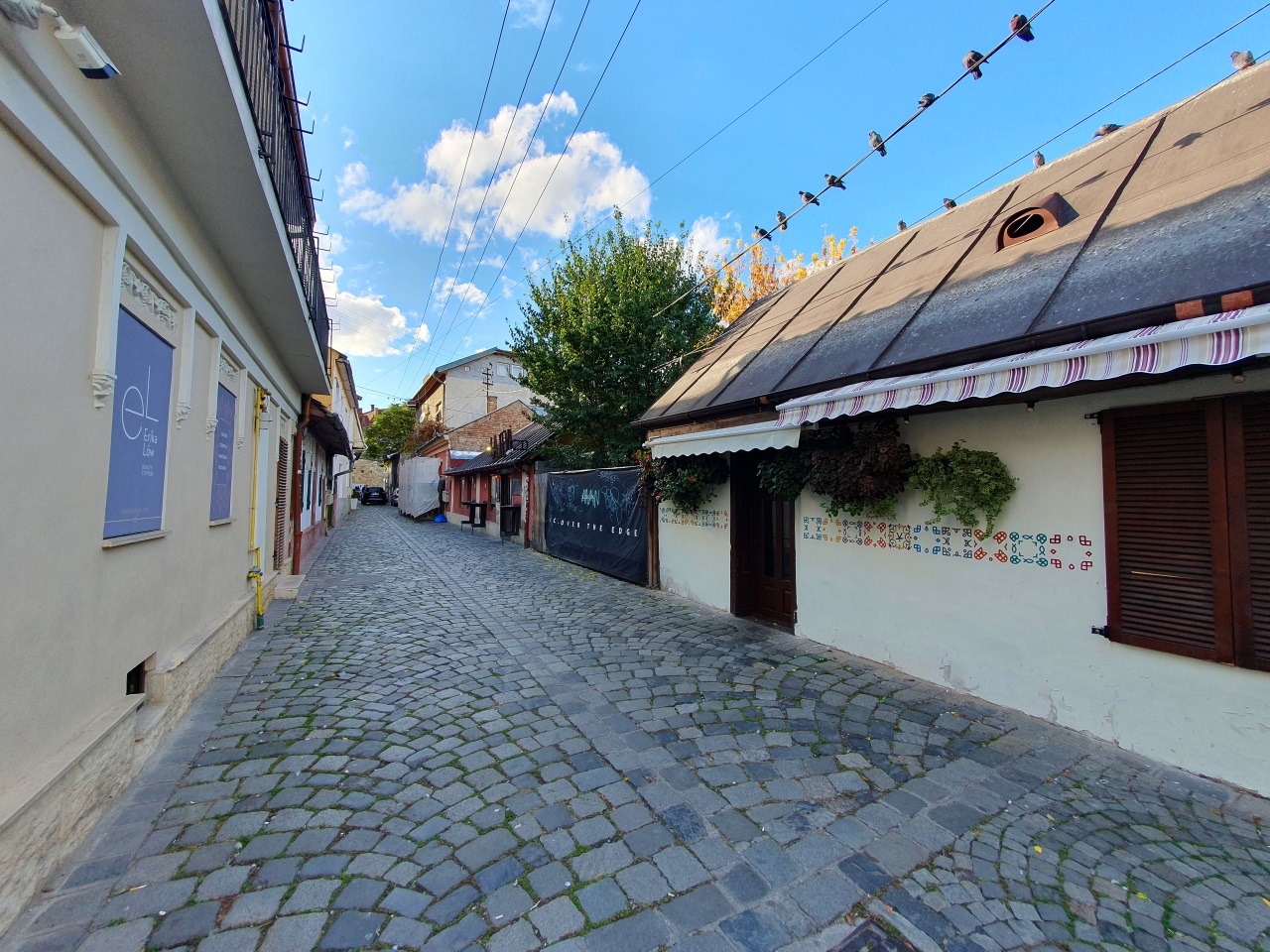
The narrow Potaissa Street continuing to the city center.

Some portions of the wall are better than others. Here is the wall behind the Faculty of Law, namely the Carpenters’ Tower and Wheat Bastion.
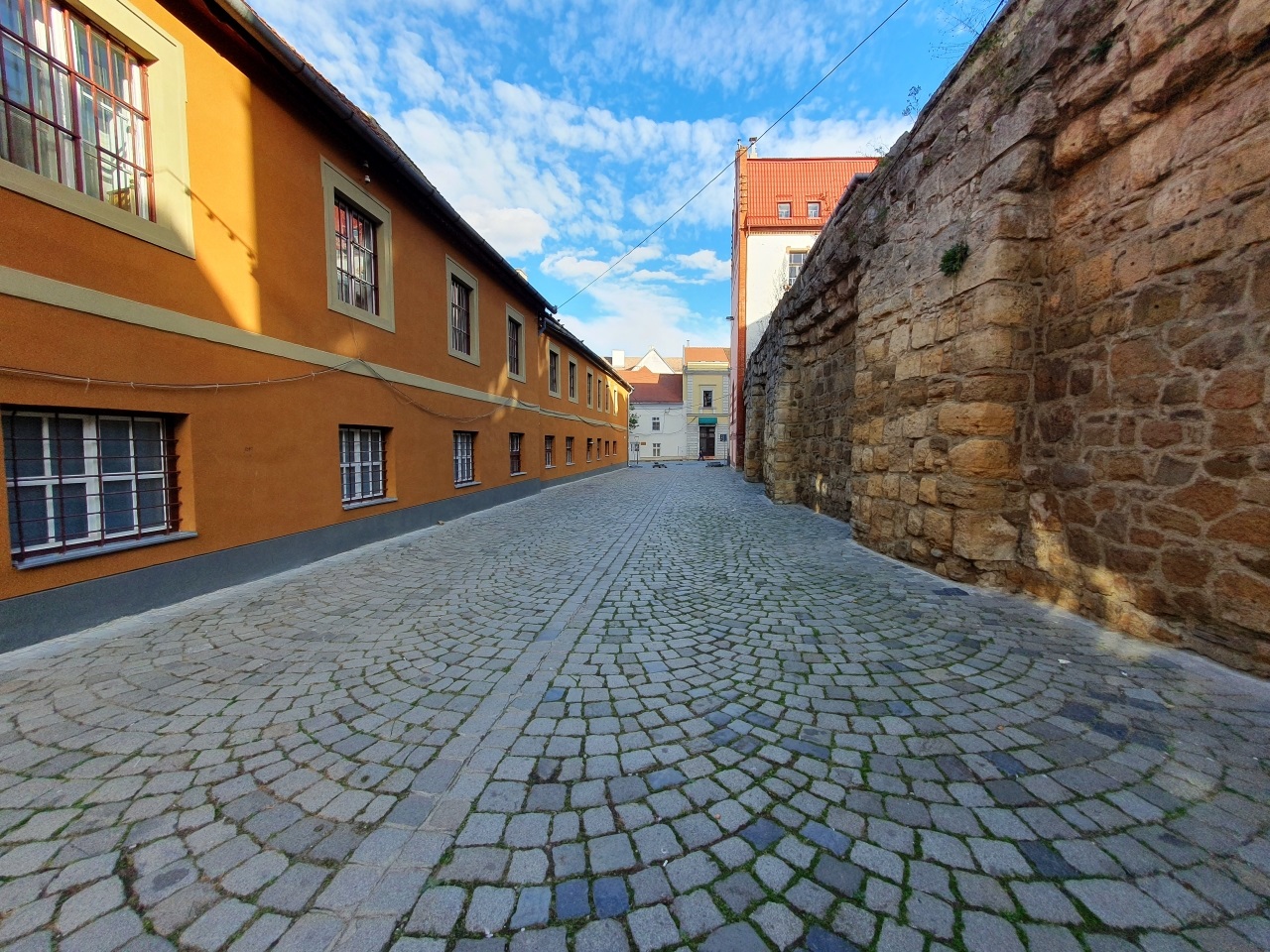
A sense of Germanic influence – cleanliness and order. And the Clothers’ Tower to the right. To the left is the Stephanus Bathory Museum.
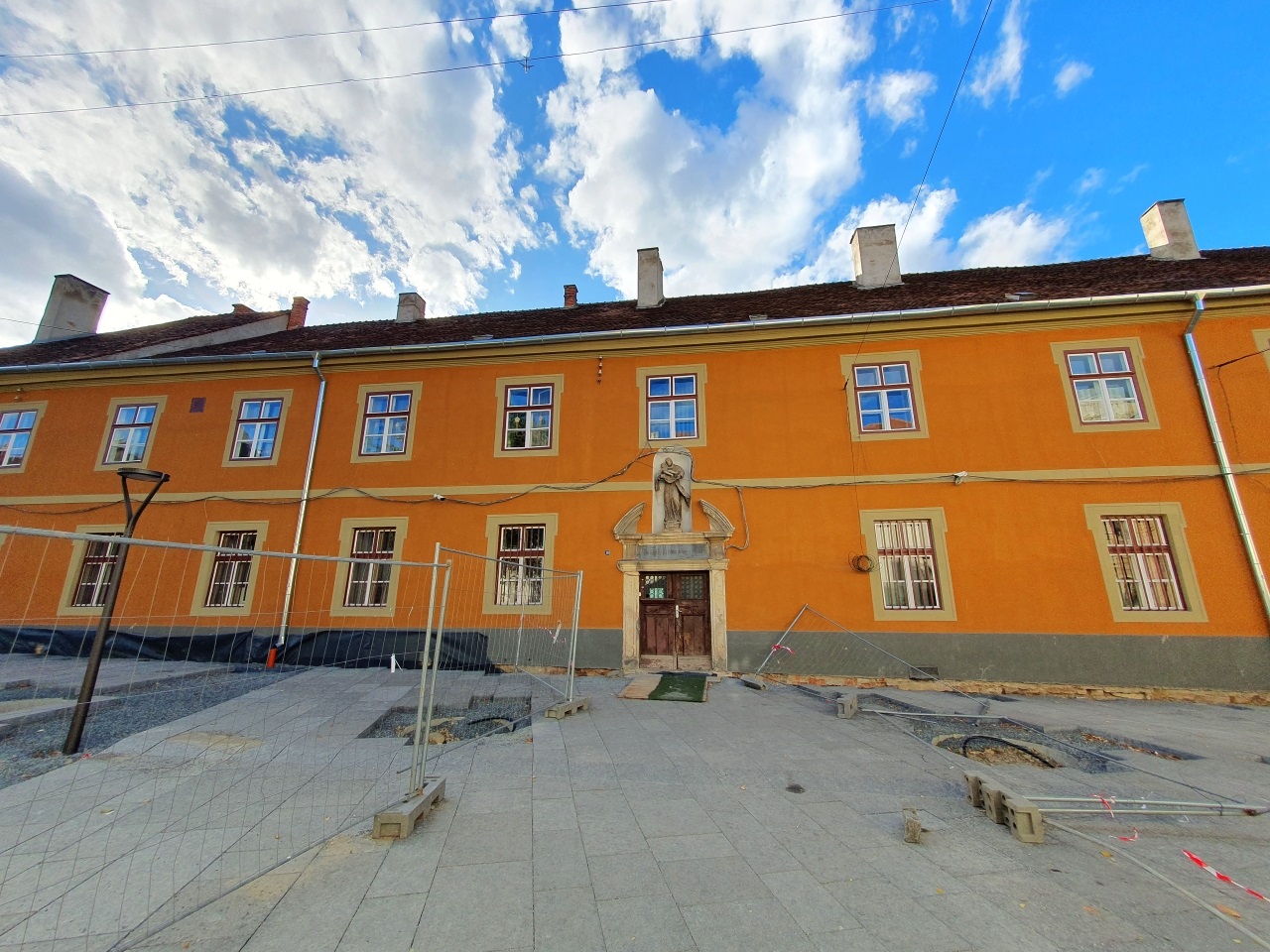
The Báthory-Apor Seminary, also St. Joseph’s Boy’s School, built initially in 1728 and rebuilt to the original form in 1817.
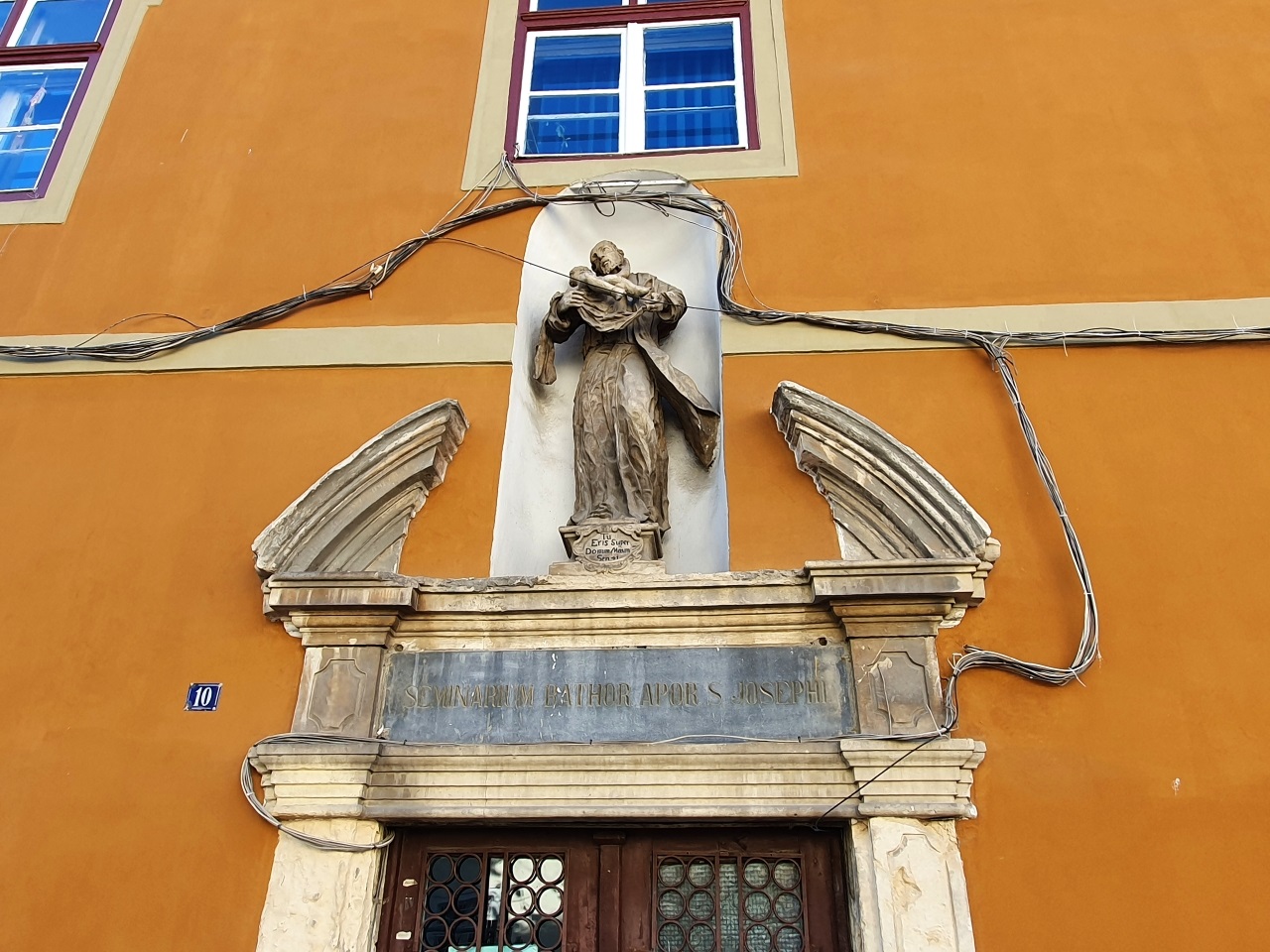
A detail from the entrance of this high school.
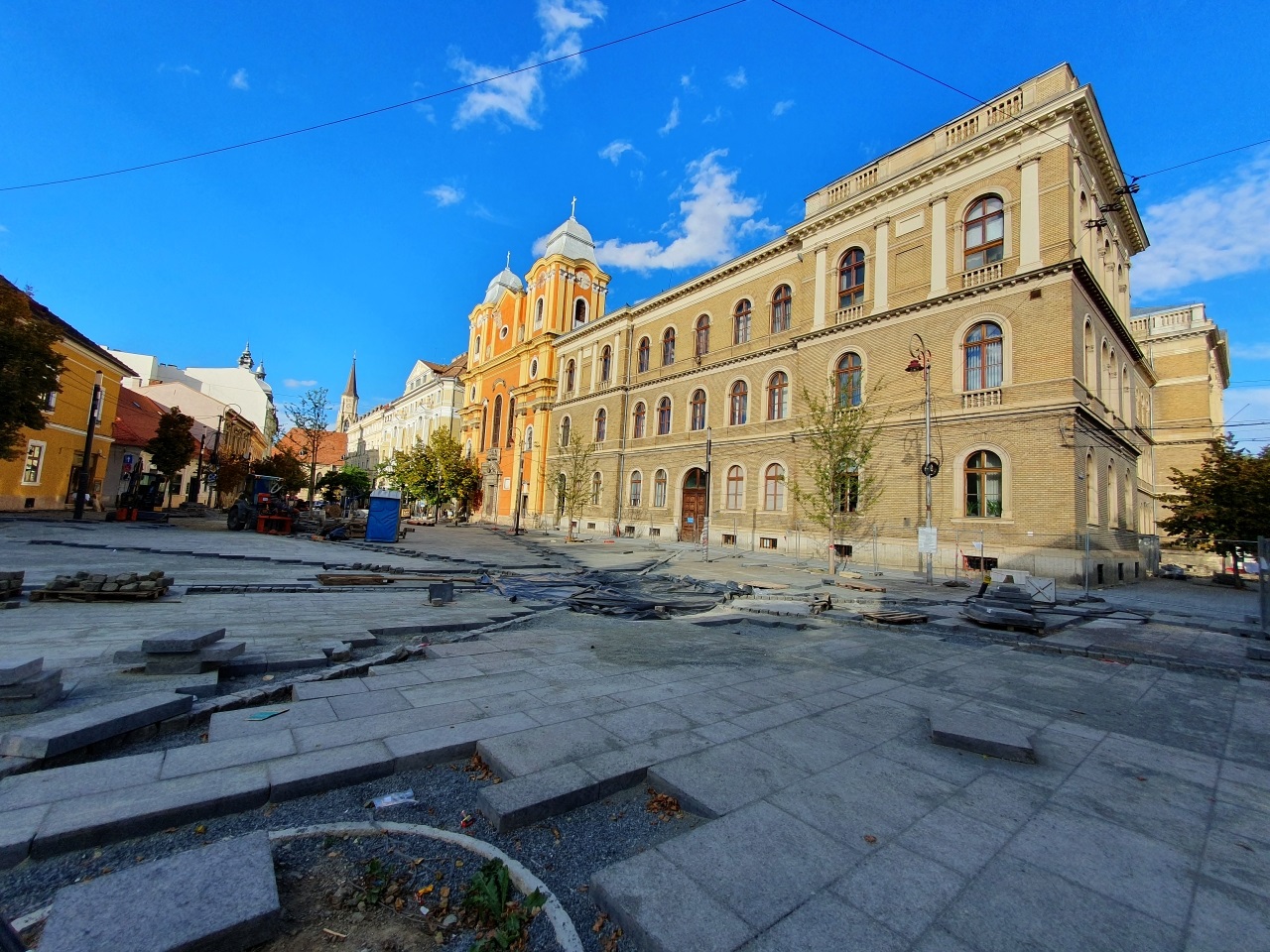
Here is a small square (under renovation) at the crossroads between University’s Street and Kogalniceanu Street. The main building is the headquarters of the Babes-Bolyai University, and this particular wing hosts the Paleontology Museum. The ochre-colored church is the Holy Trinity Piarist Church, built by the Jesuits since 1718, then used by the Piarists. It is one of the most important churches in Transylvania.
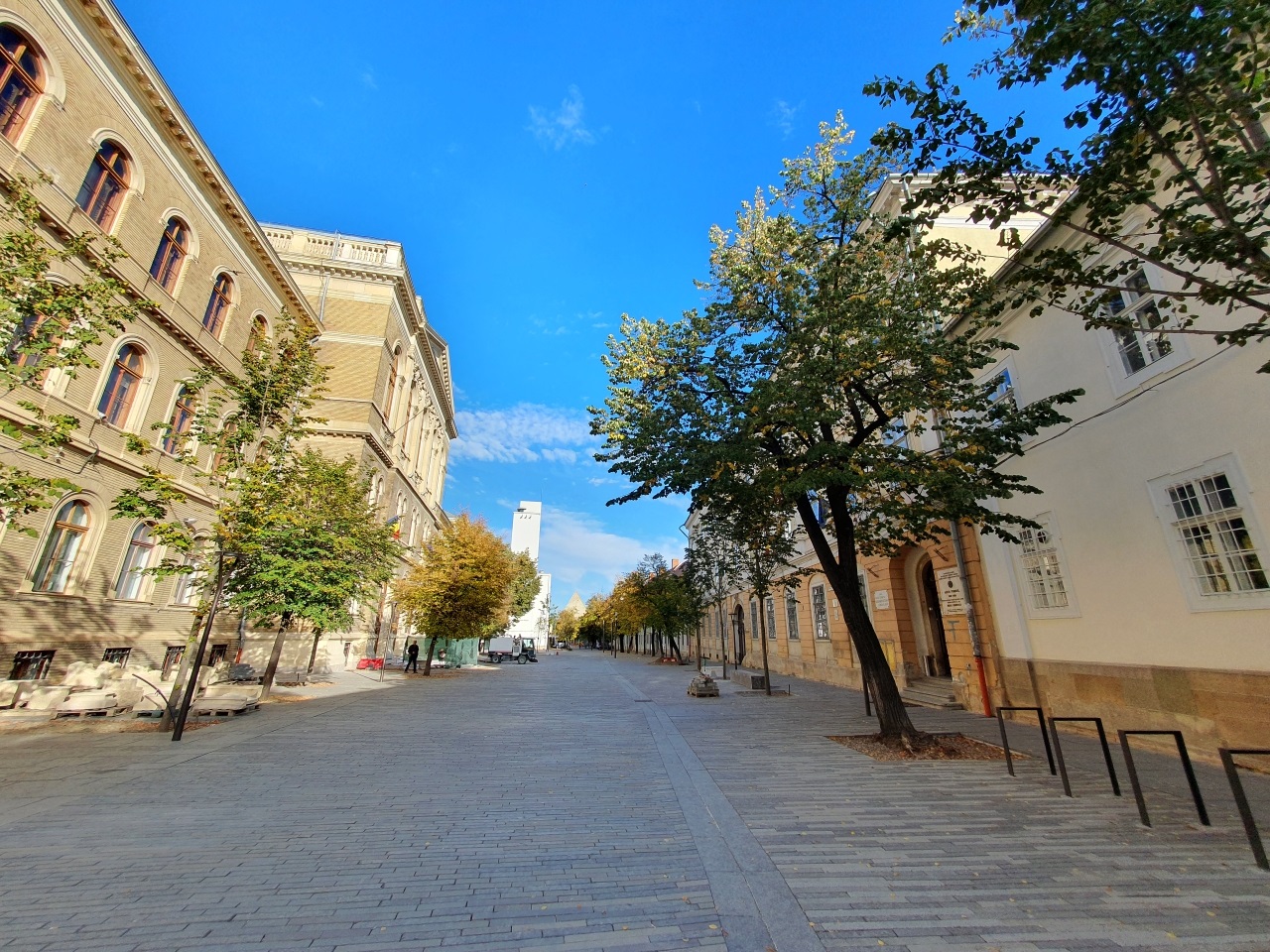
A view of Kogalniceanu street, with the University building to the left and a row of buildings we will focus on below. The white tower in the background belongs to the Academic College (also known as Casa Universitarilor, in Romanian). To the right is the Báthory István High School.

The first house on this important street is the former Piarist Monastery, built in 1735. Now belongs to the University, it hosts the PhD Studies Institute.
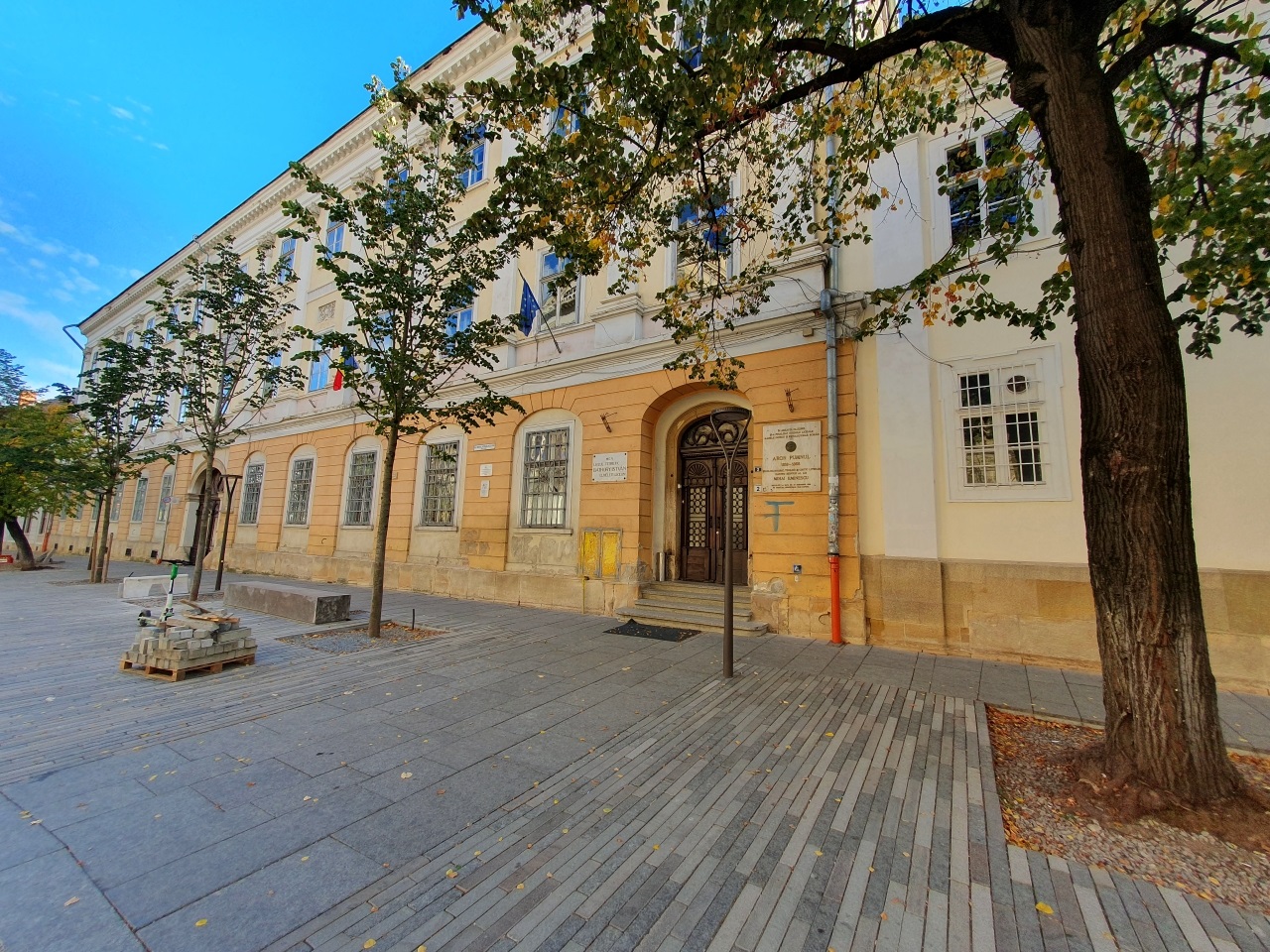
The István Báthory Theoretical High School, built around year 1581.
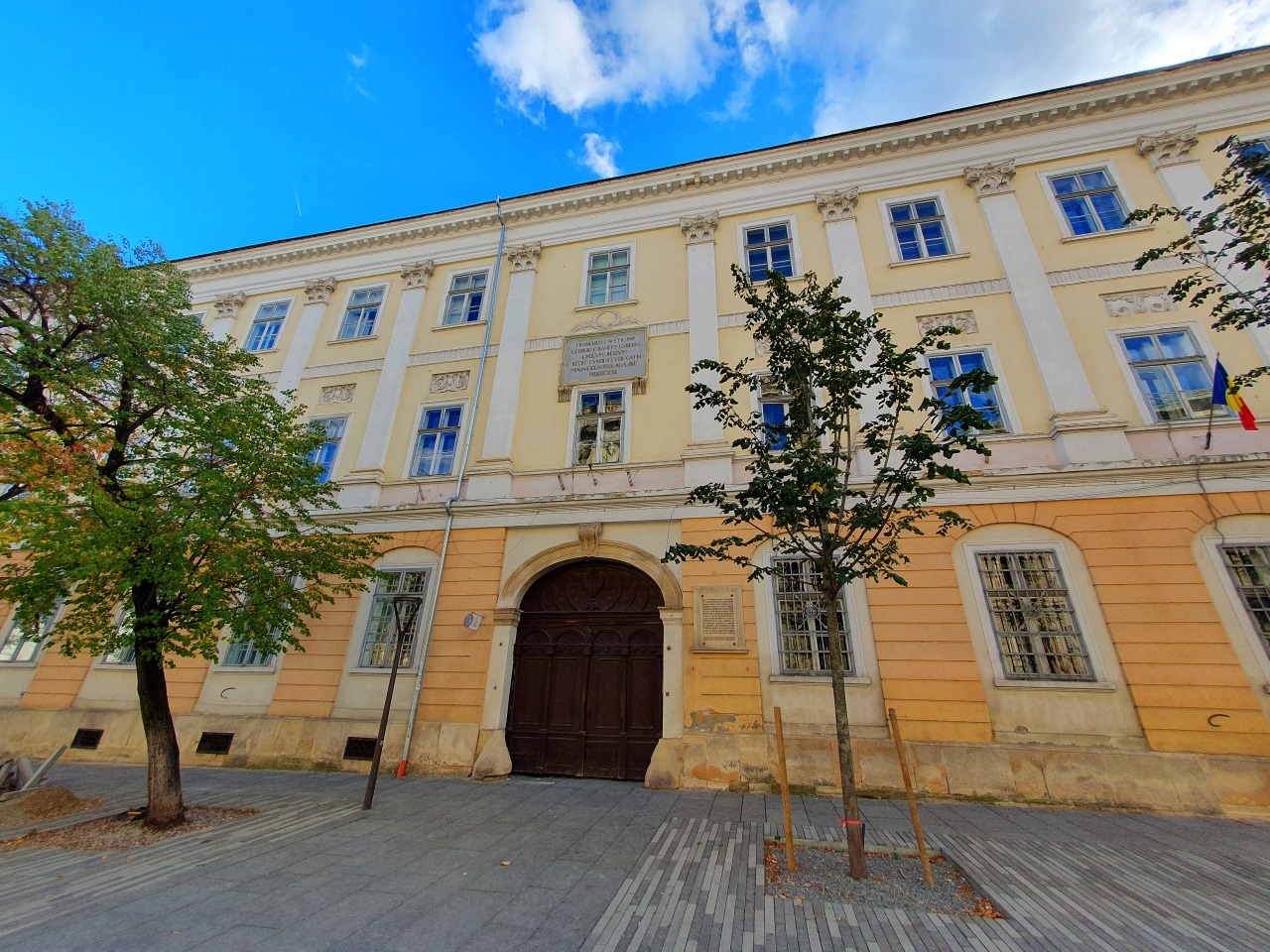
Here is another view.
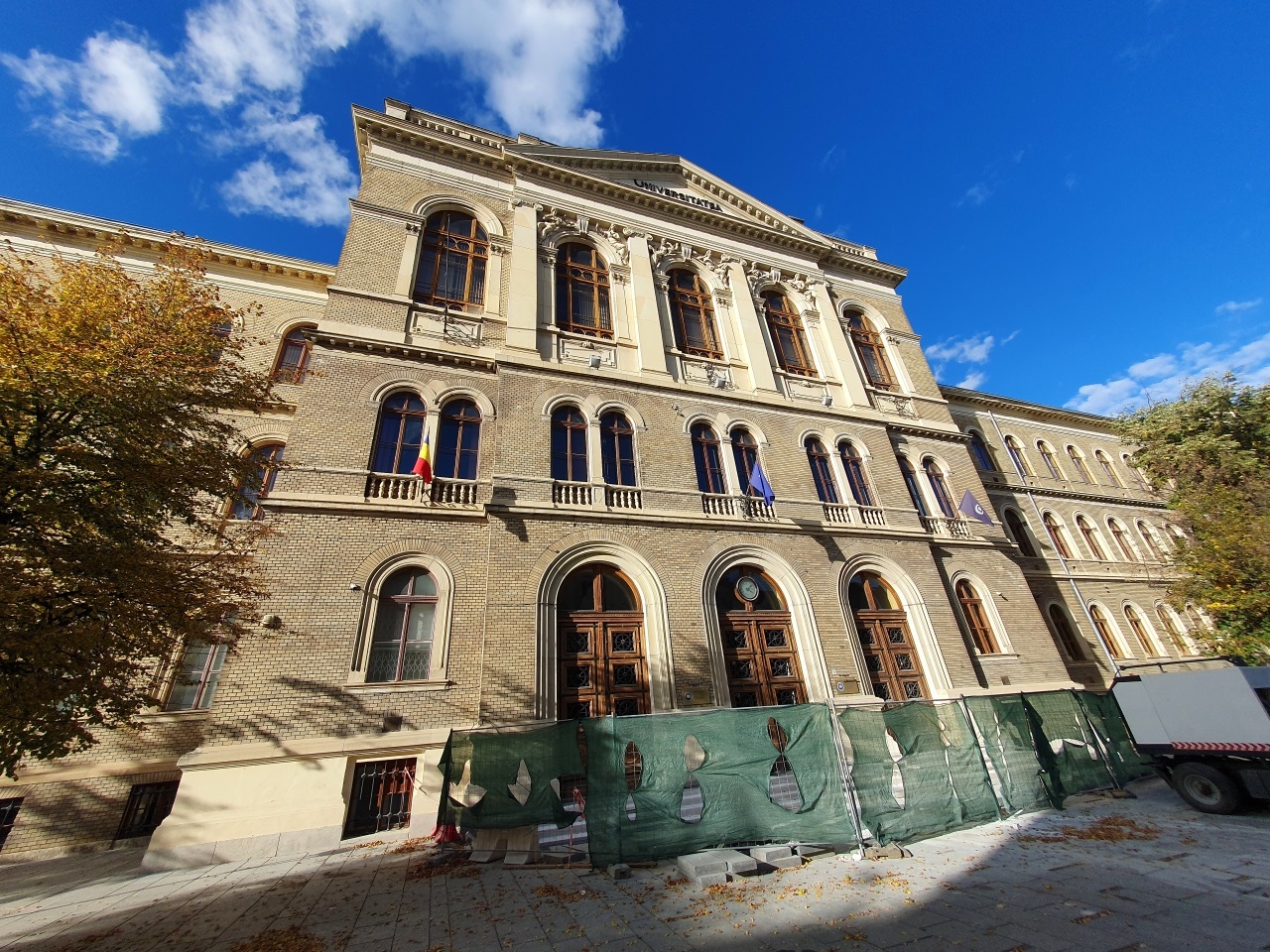
Directly in front of the high school is the main entrance of Cluj University headquarters.
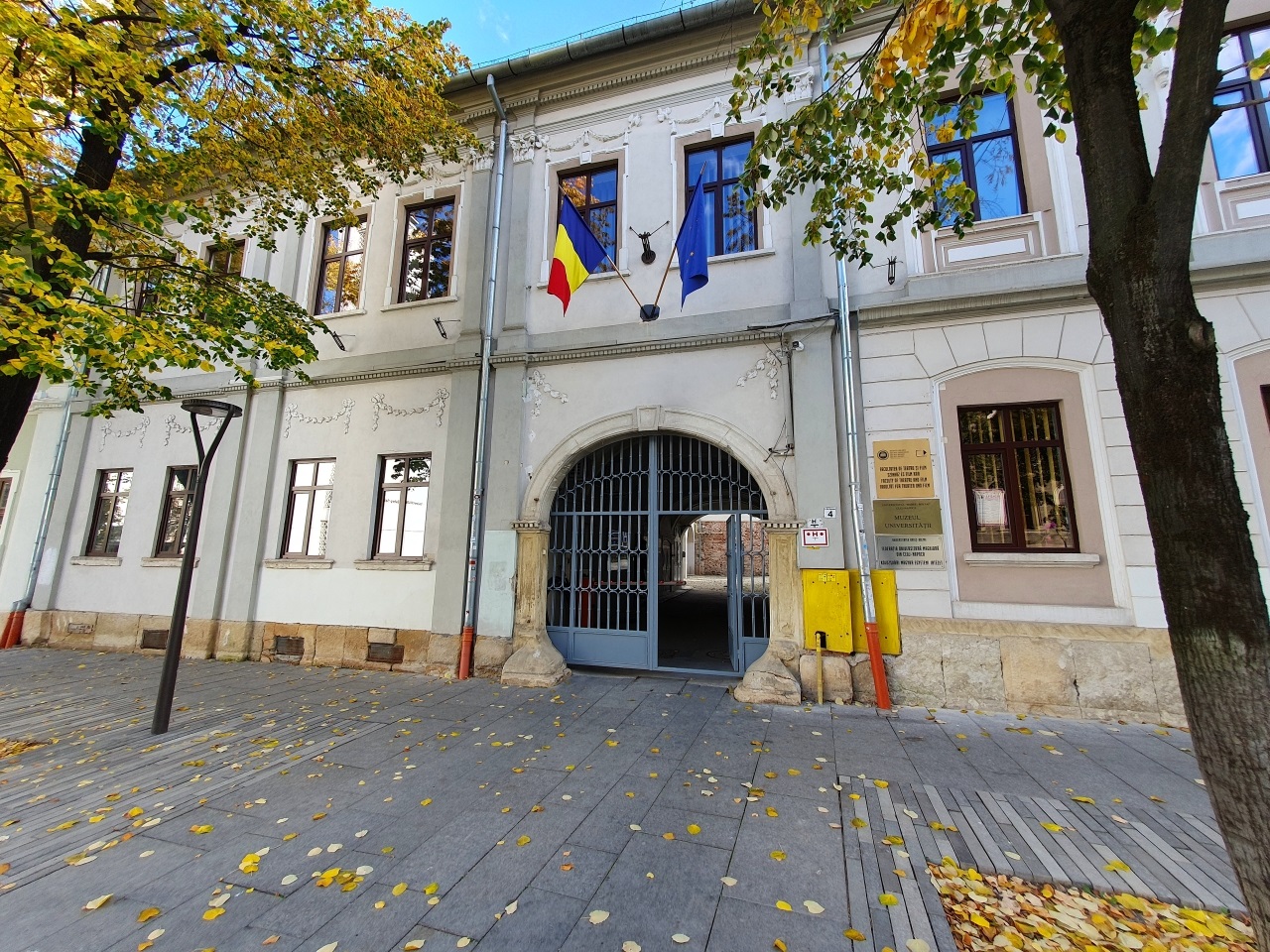
The Karacsay Houses or the Kalazantinum (institute of theology and teacher training), built in 1816 and with a history linked to the Piarists, just like the other buildings in this area. Currently hosts the Museum of Cluj University.
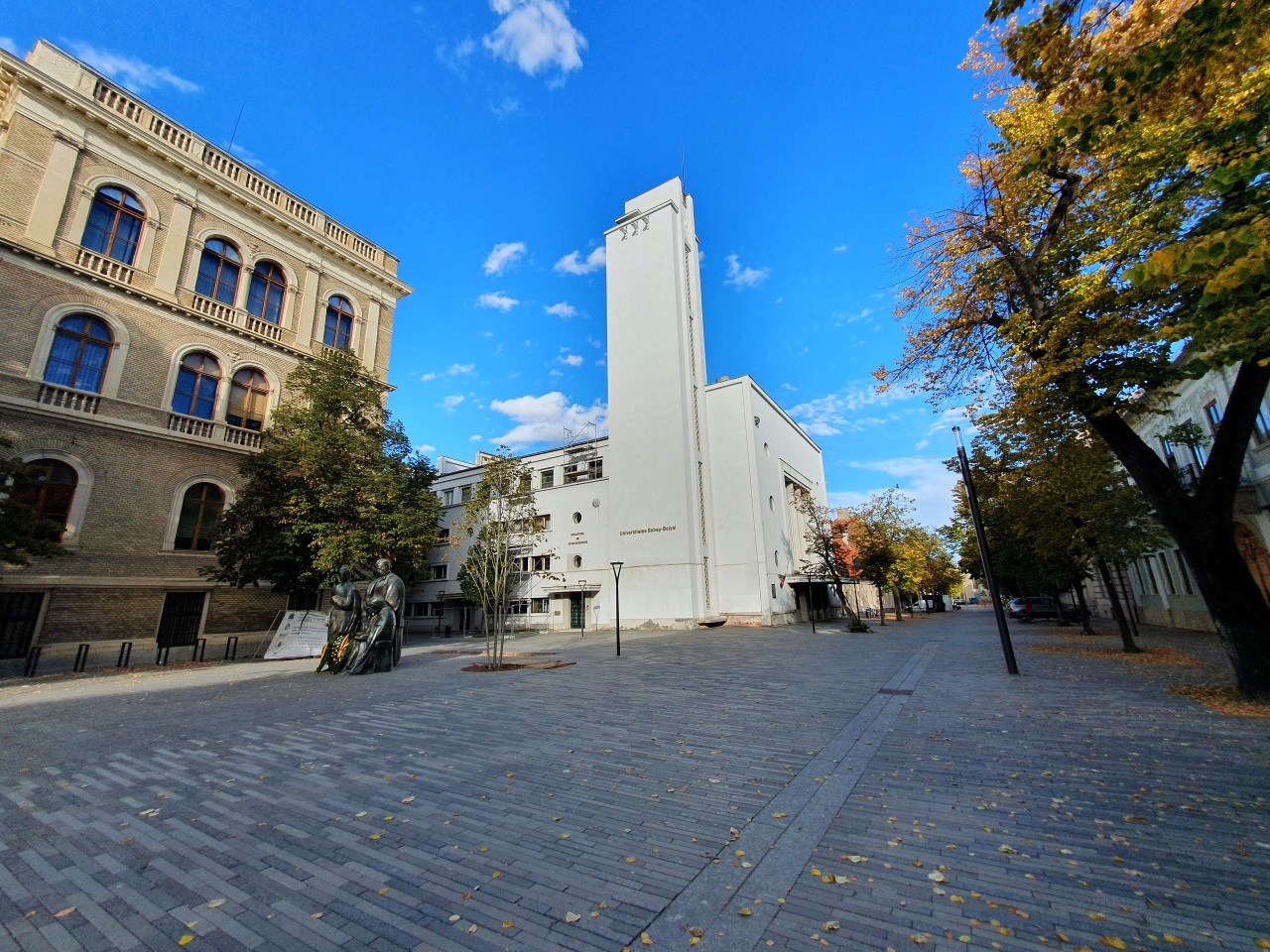
A closer view of the Academical College/Auditorium Maximum and the Faculty of European Studies continuing to the left. The group of statues in front of the buildings are known as the Școala Ardeleană of Cluj-Napoca, the personalities represented being Samuil Micu, Gheorghe Şincai and Petru Maior.

A building without signs… yet… this is the former Seat of the Government of Transylvania…

The Nemes–Bethlen House, built in 1781, with elements of the eclectic style.
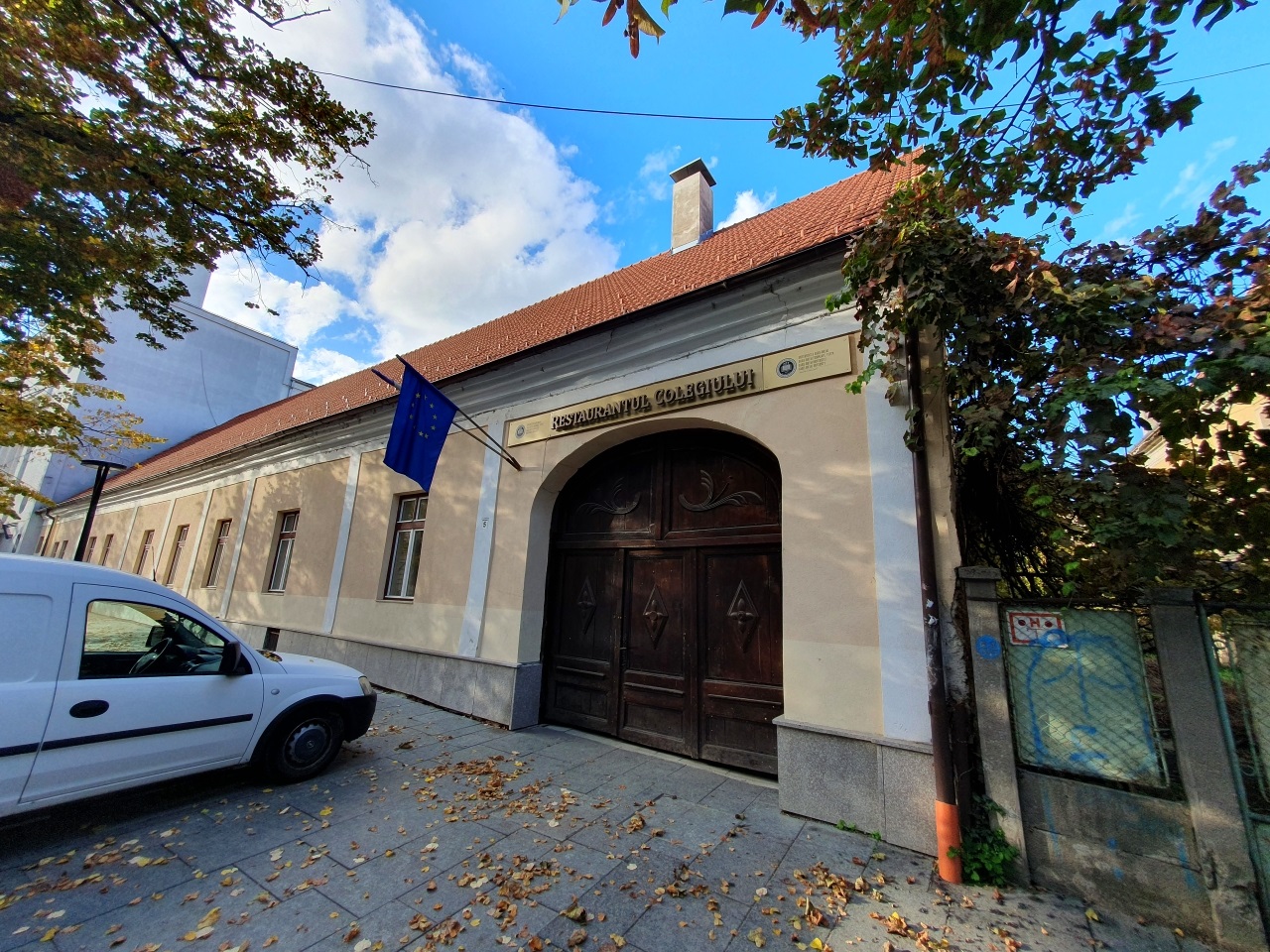
The Pataki–Tollas House, built sometime in the 19th century by Hungarian noblemen. It is currently a restaurant and canteen.

The Emil Racovita National College, next to Teleki Palace.
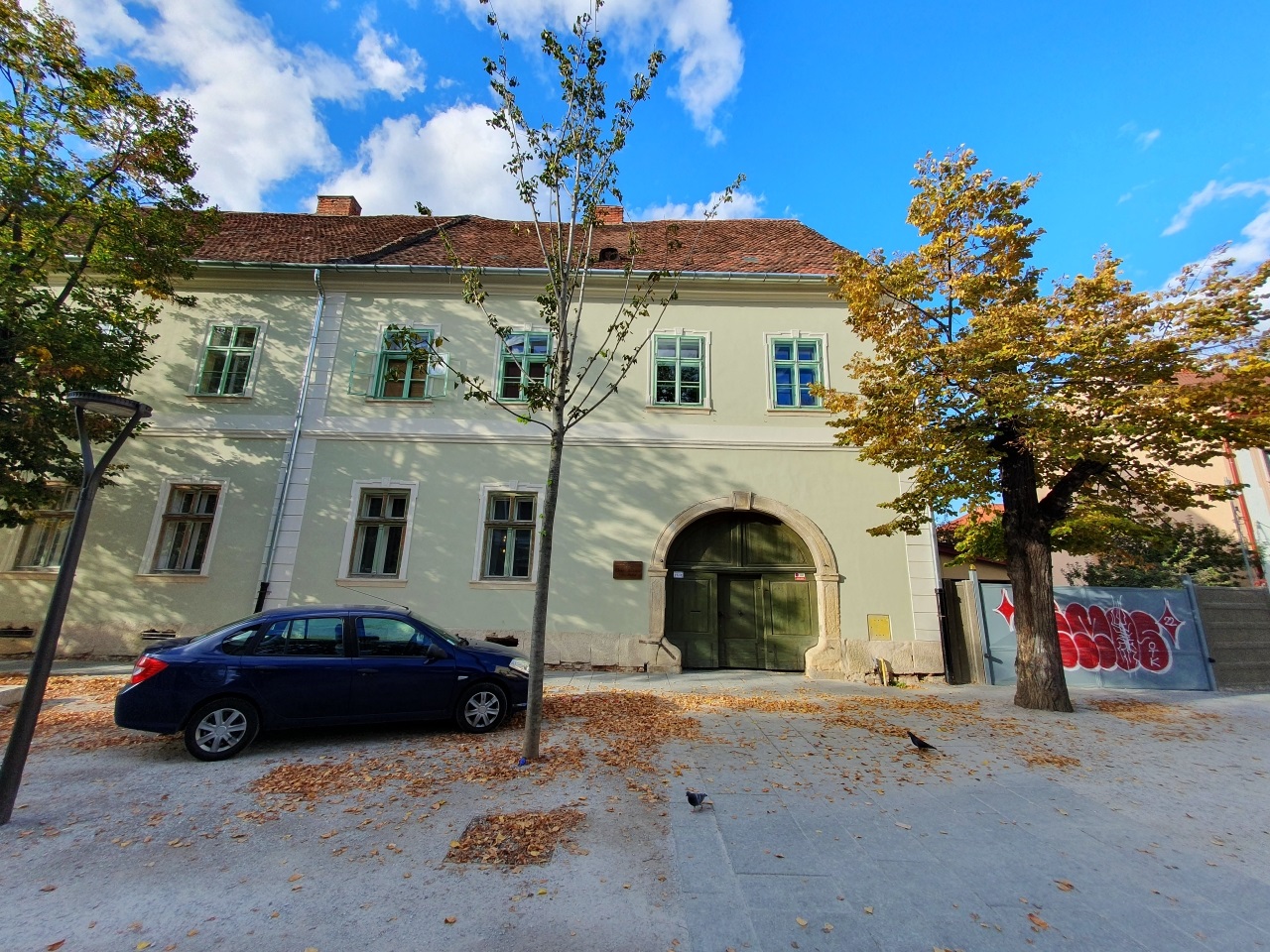
The Calvinist Teacher’s Houses, built around 1802.
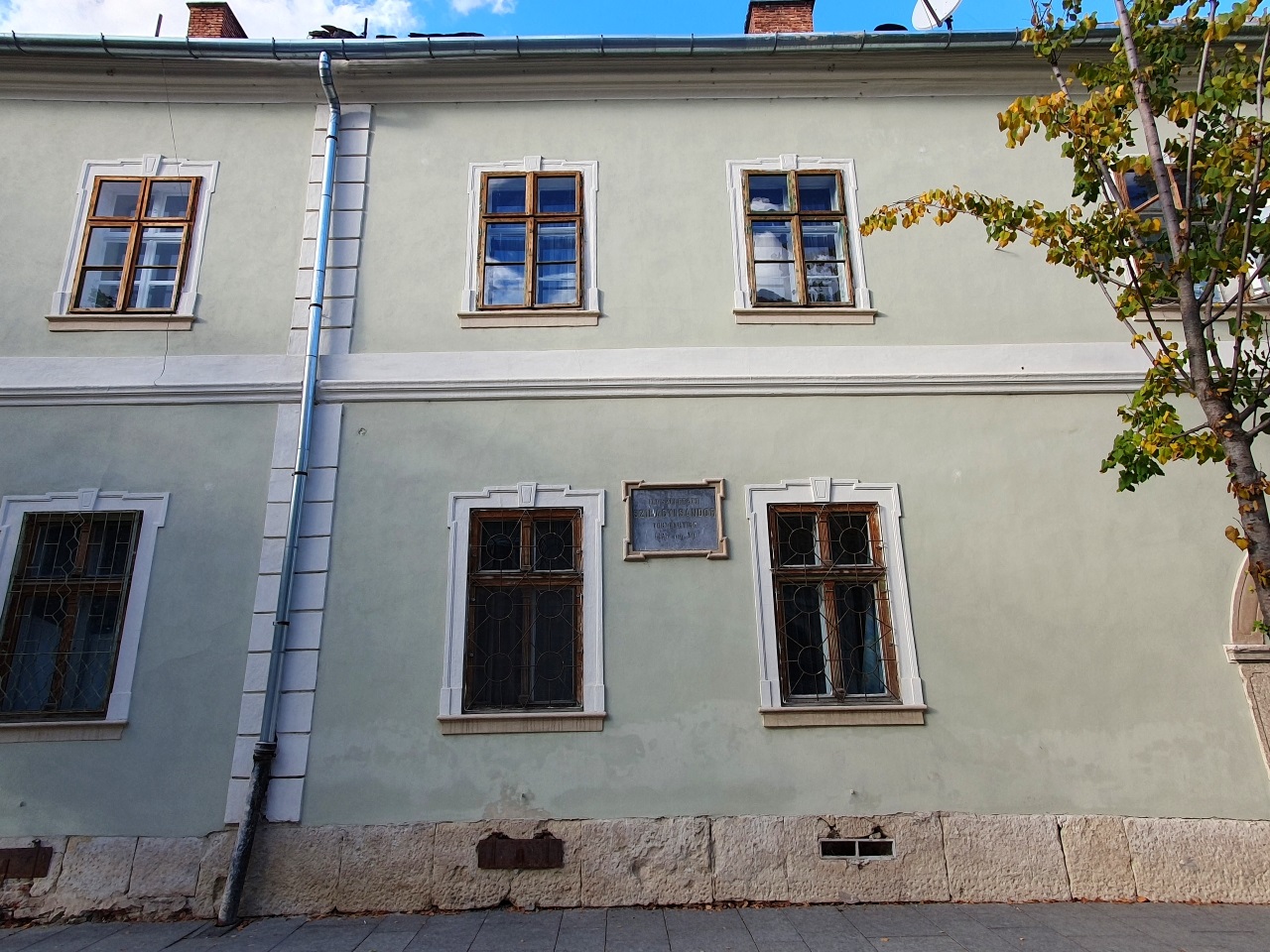
Here is the birthplace of Sándor Szilágyi, a Hungarian historian.
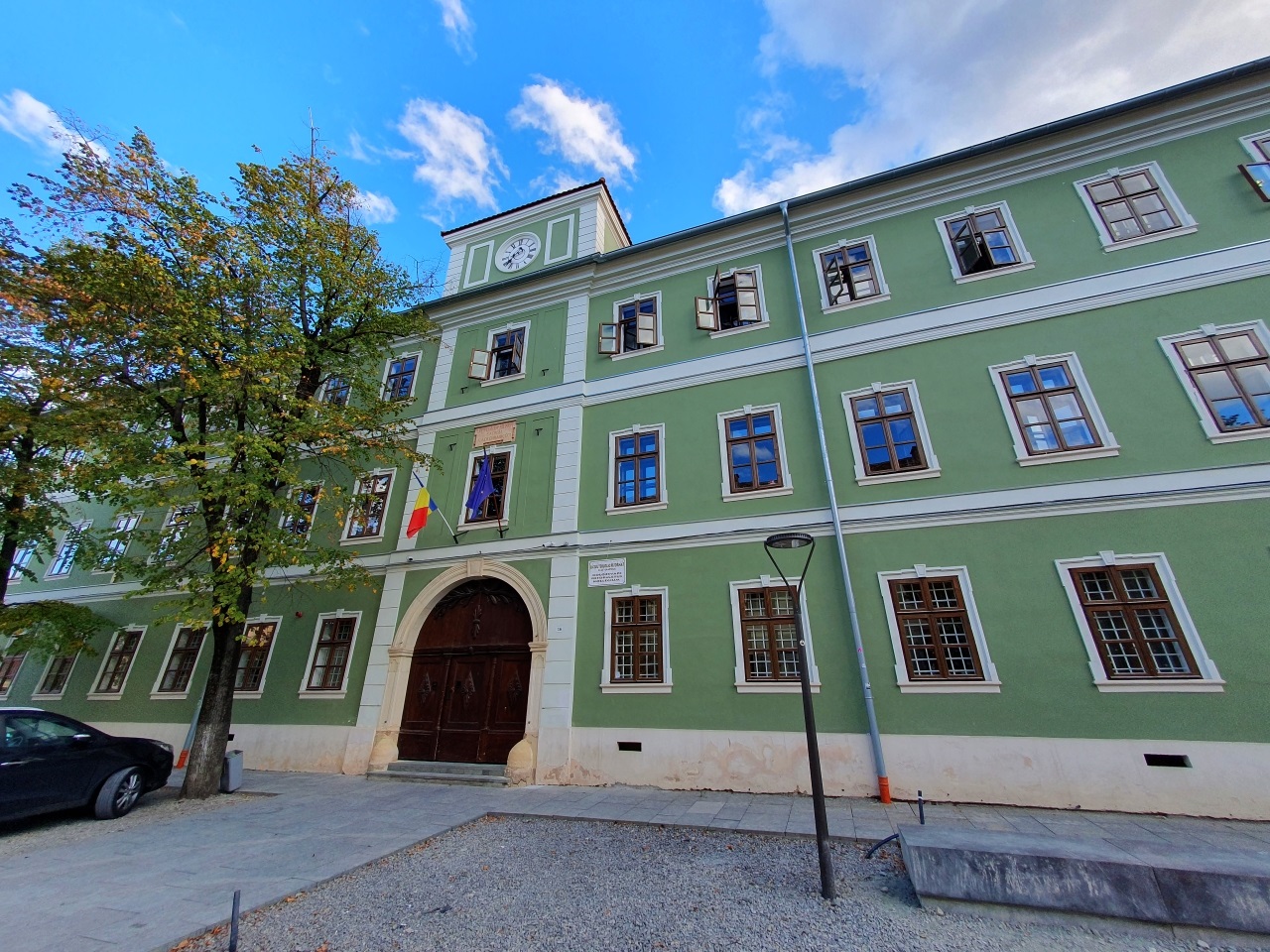
Across the street is the Reformed Theological College of Cluj, built in 1651.
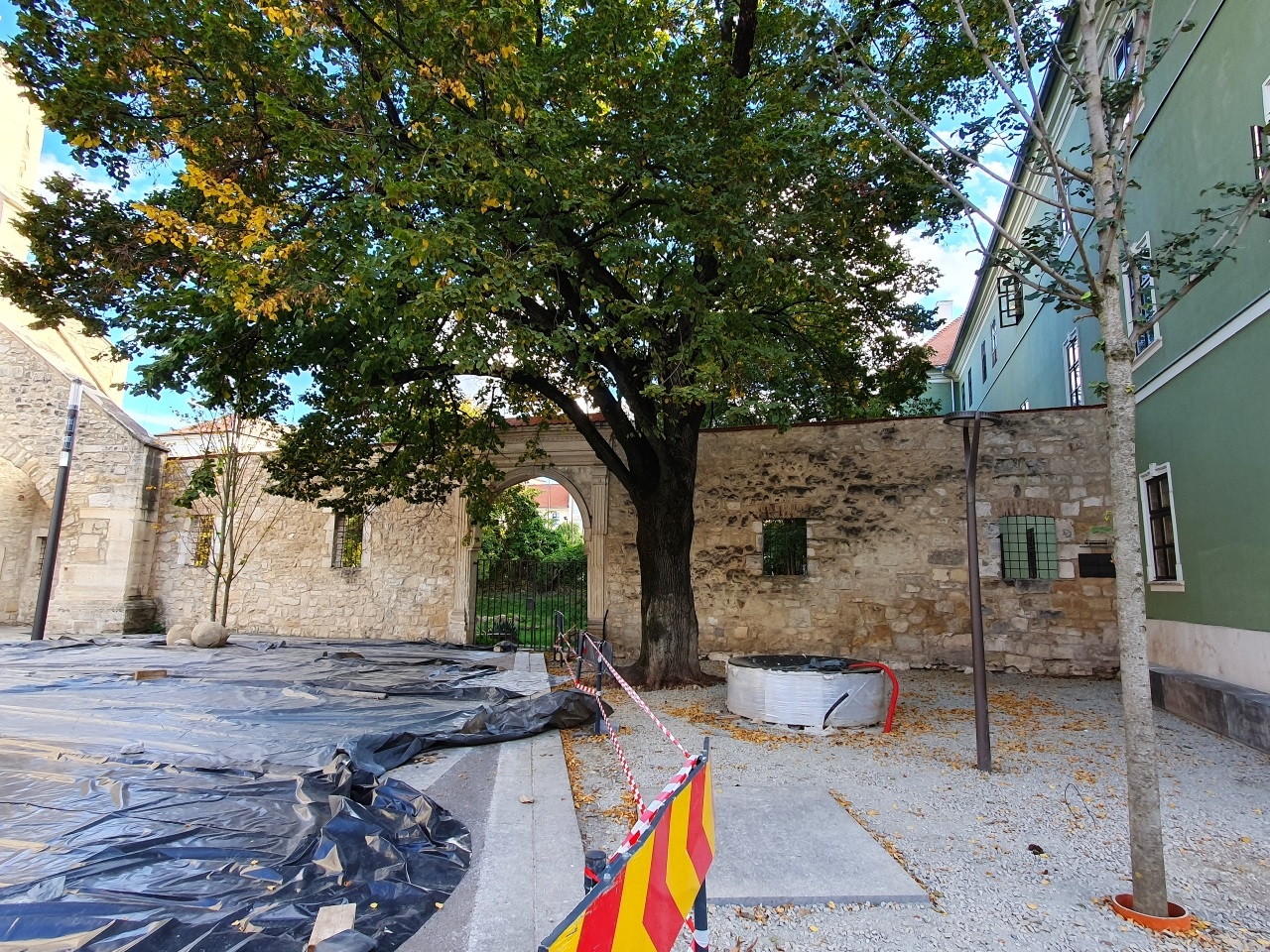
Next to the college one can still see a part of the old wall, the Jesuit Wall, continuing to the Reformed Church.

The Reformed Church, built in 1503, one of the most important historical places in Cluj. In front of it is the Statue of St. George the Dragon Slayer, built in 1904.
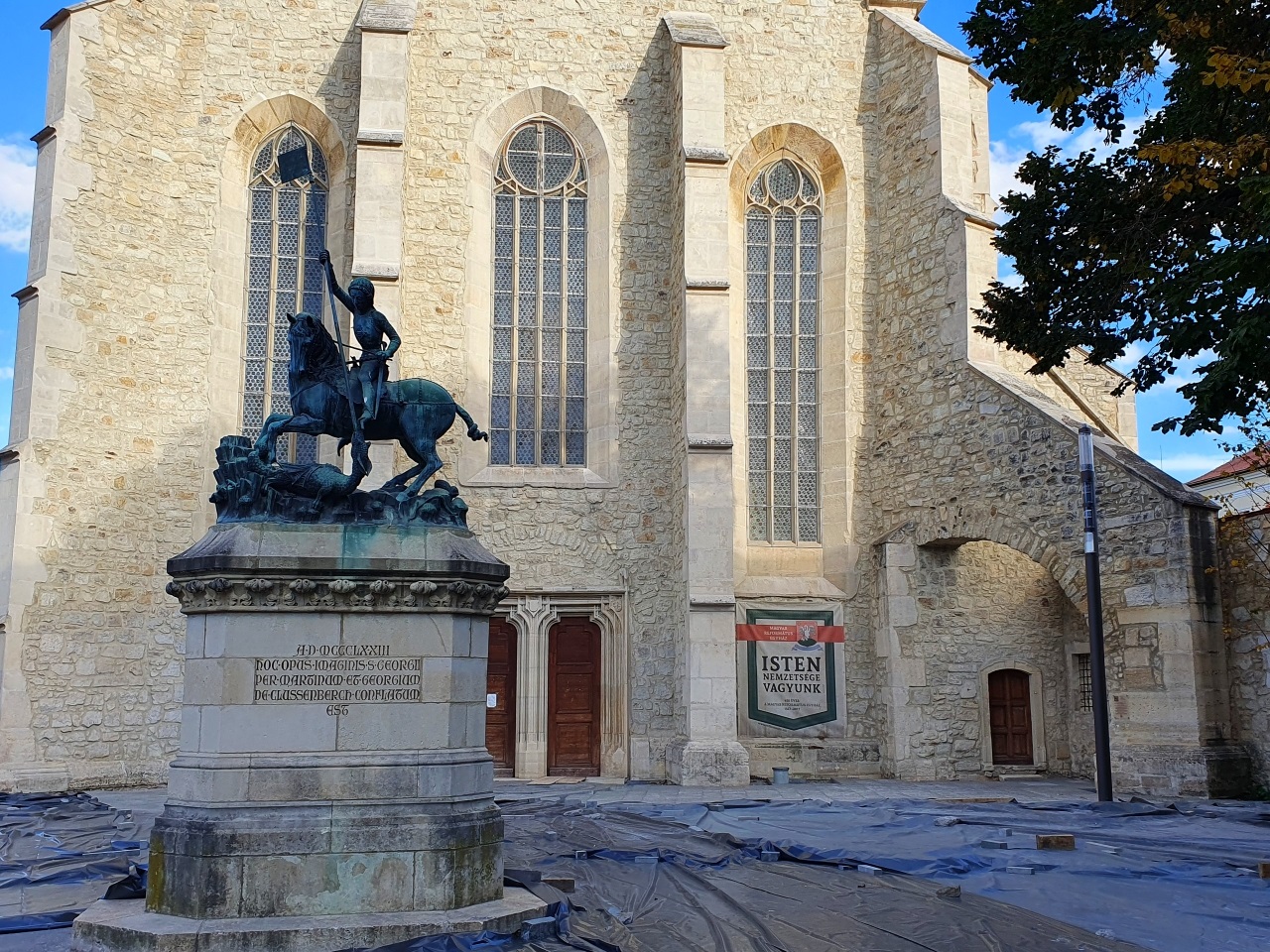
A detail of the statue and the entrance of the church.
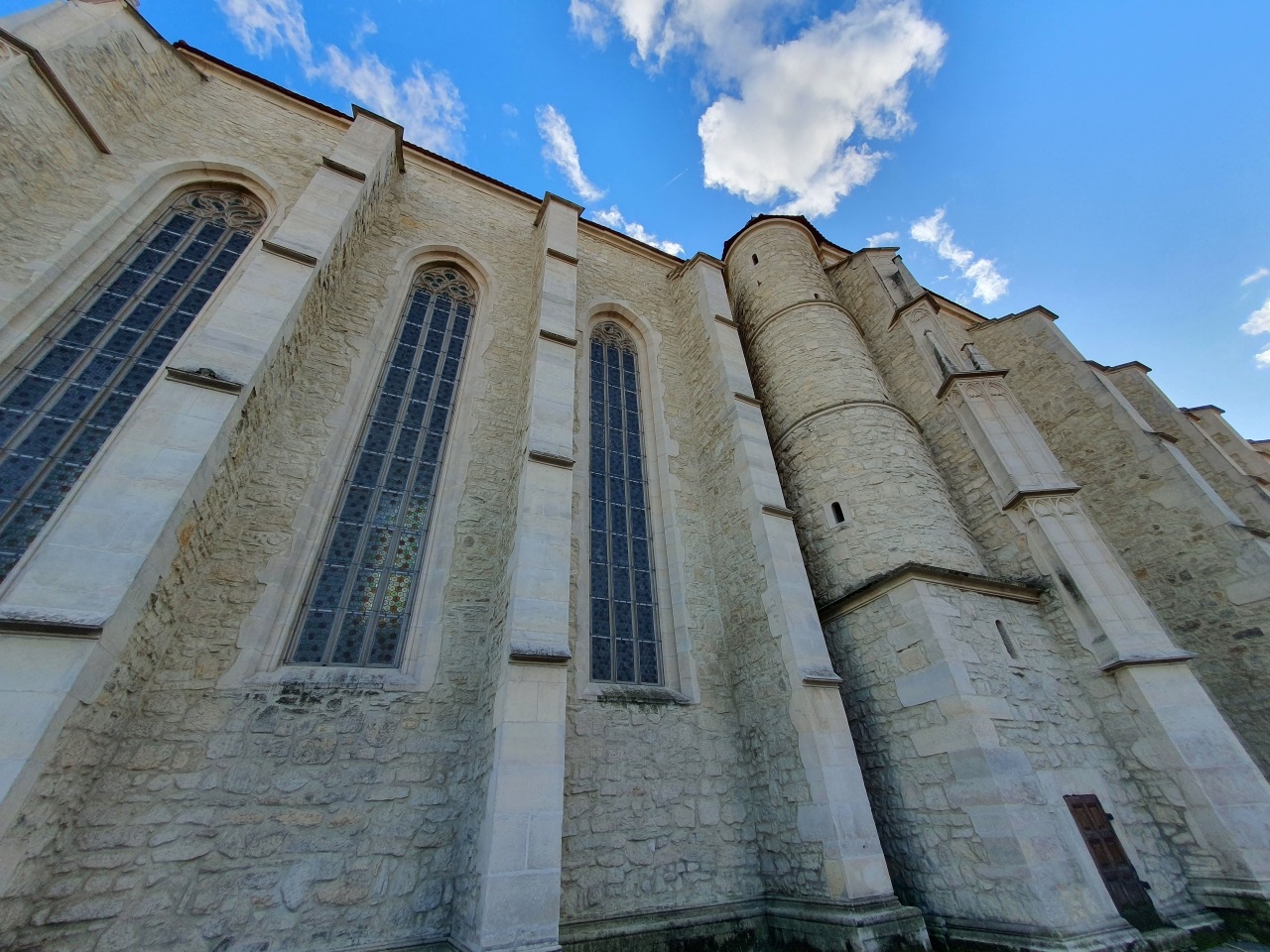
The church is surprisingly big.
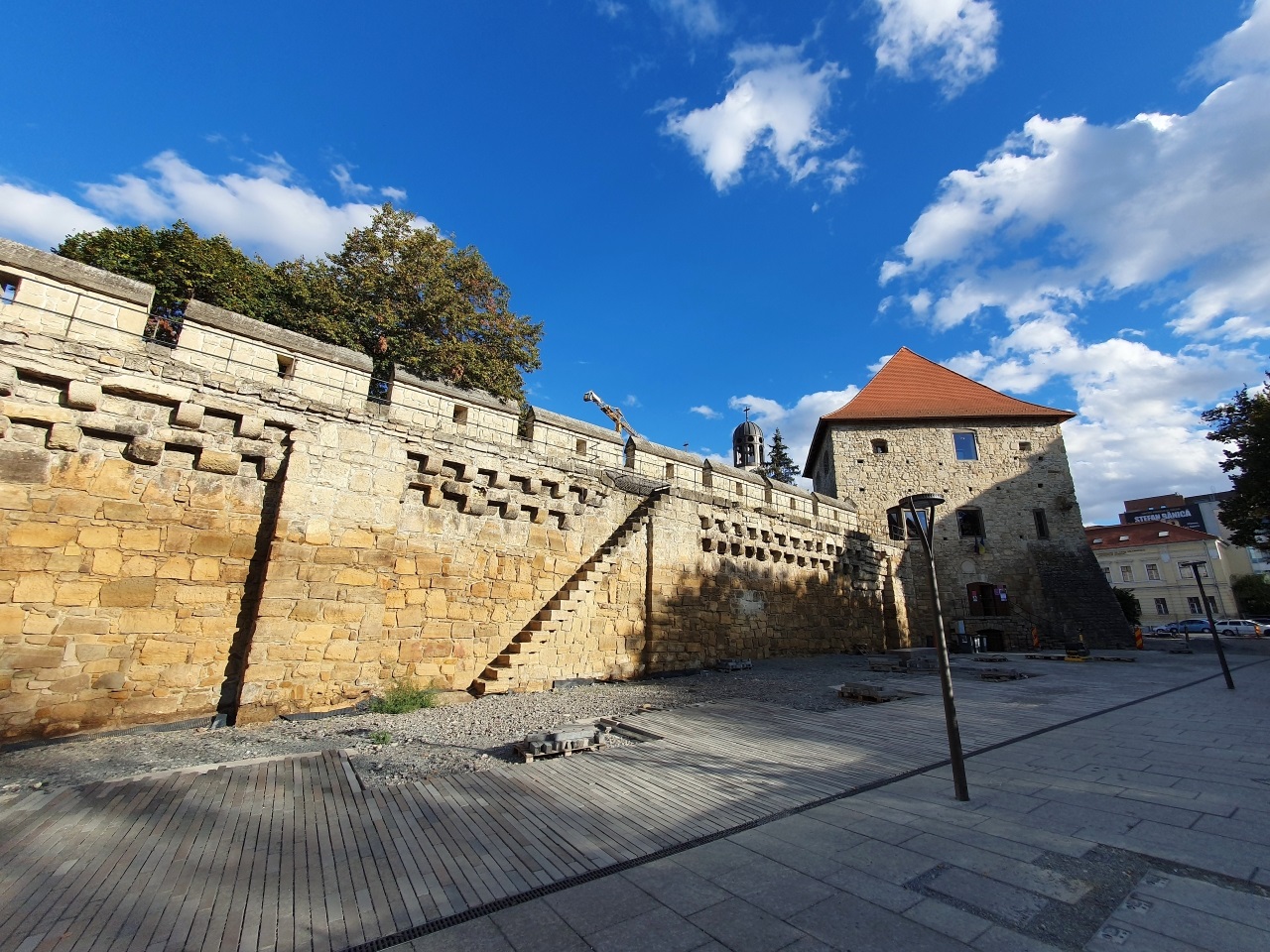
And here we arrive again at the other end of the fortress wall, with the Tailors’ bastion, seen this time from the inner area of the ancient town.
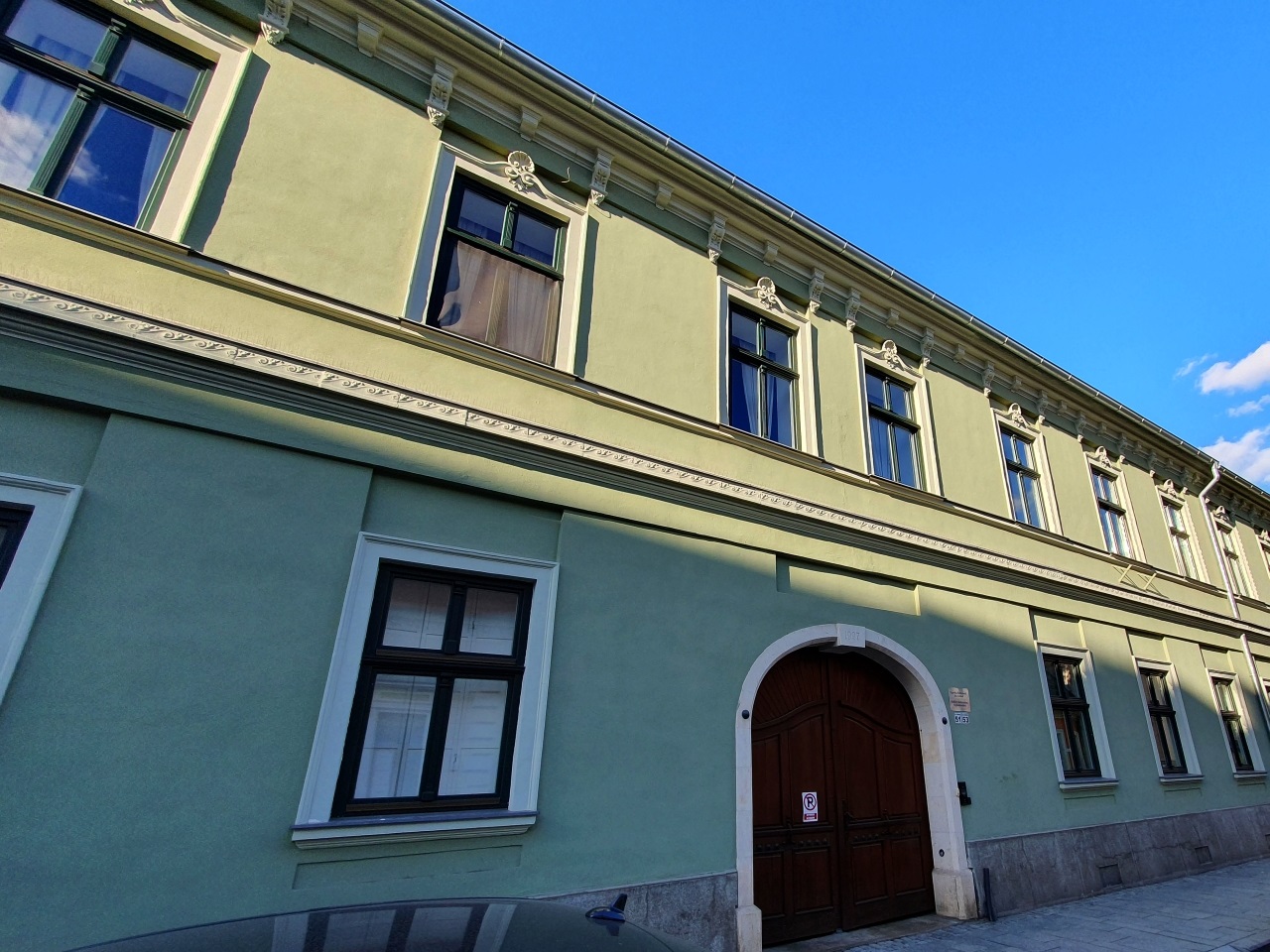
Now, returning back to the main square along the Bratianu Street, we encounter the Reformed Diocese of Transylvania.
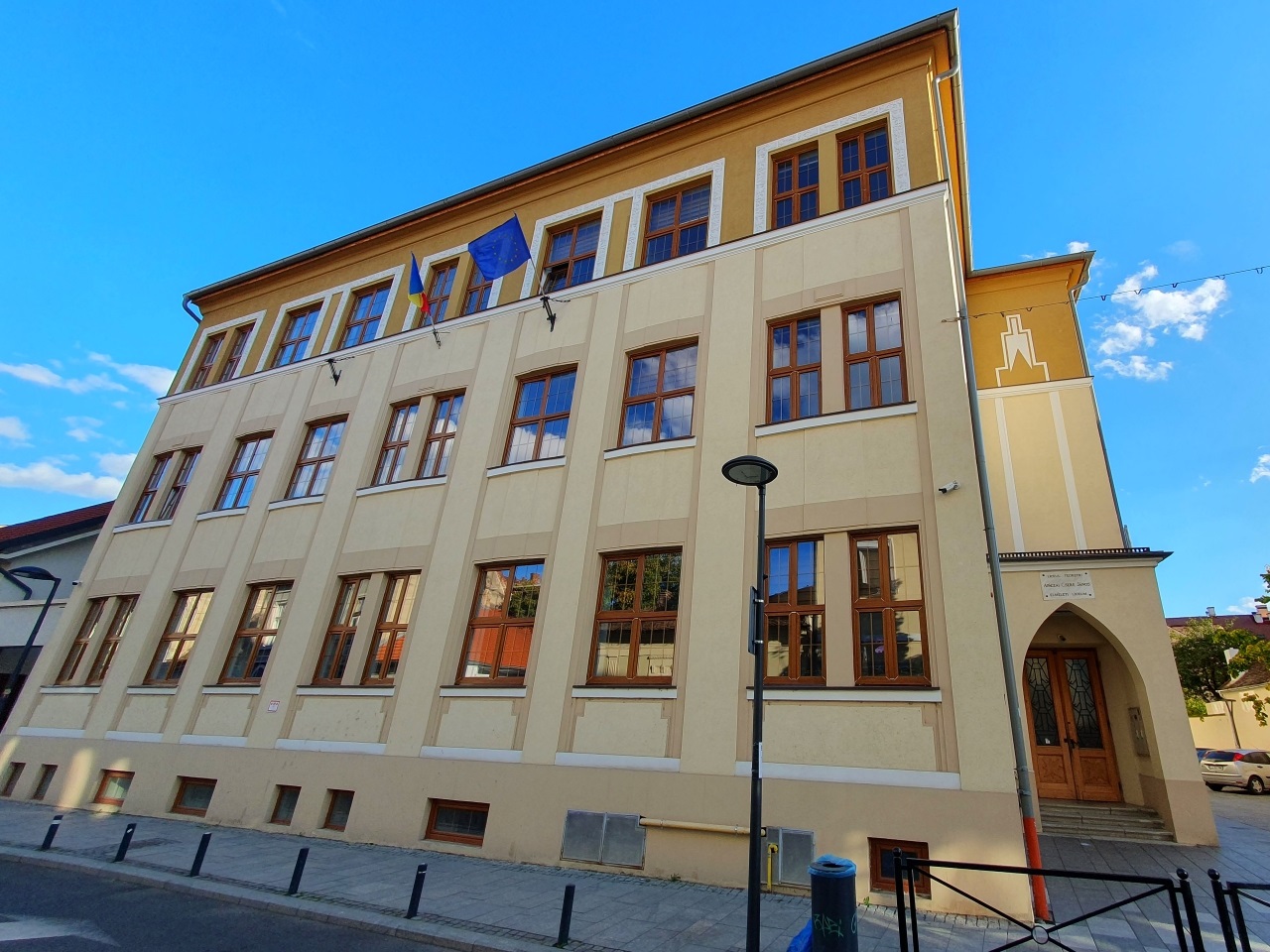
The Apáczai Csere János High School, established in 1898.
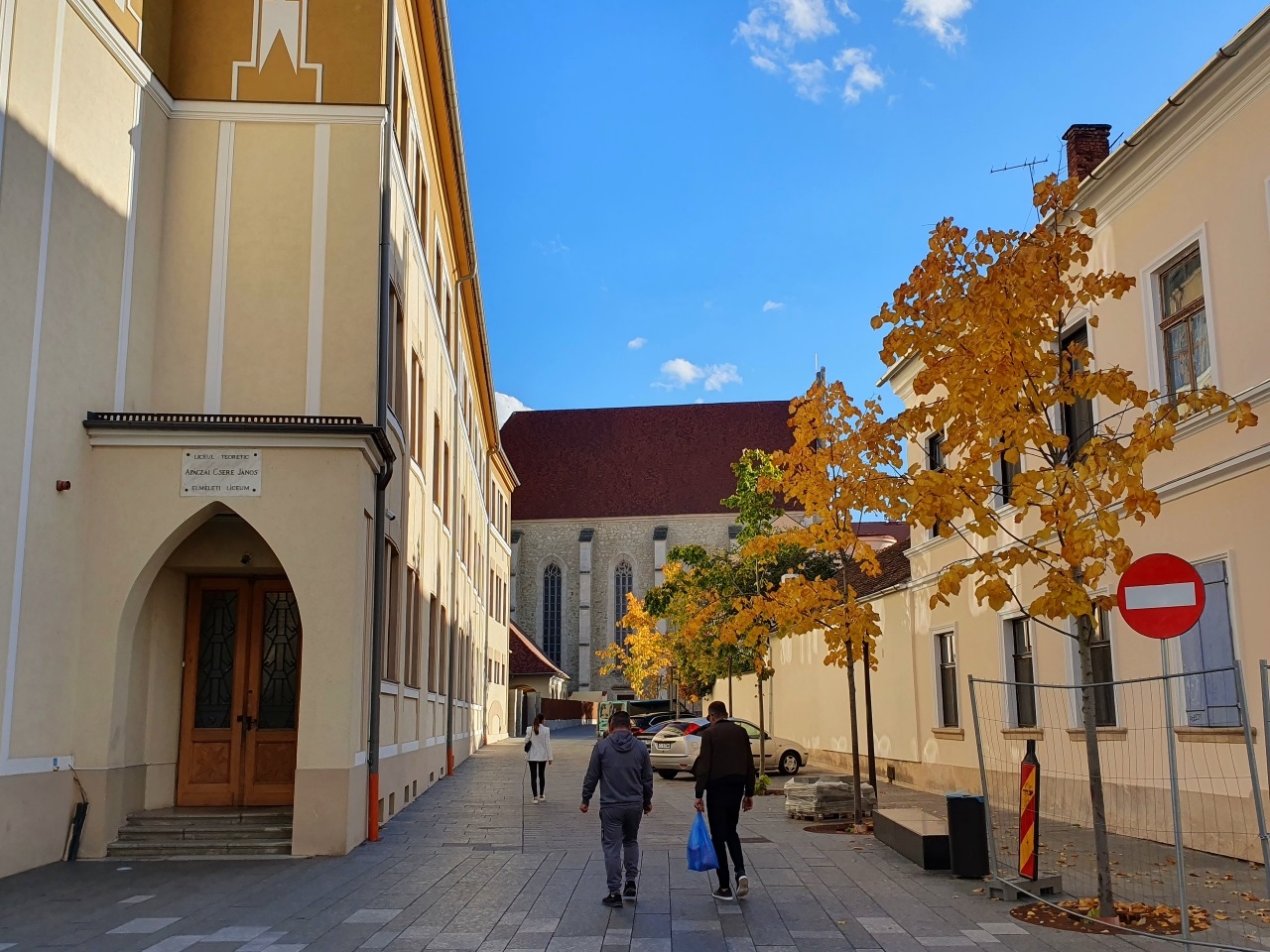
A nice view of the Reformed Church in autumn, looking from the high school entrance.

The Bethlen or Béldi Palace, built in 1798. It hosts the Library of the Faculty of European Studies and… as can be seen from the French flag at the entrance, the French Institute of Cluj. This is significant because Cluj hosts the greatest French academic diaspora outside the borders of France (many students come here so as to obtain an European recognized degree, then they return back to France or Europe, the situation being an important subject of debate both in Romania and France).
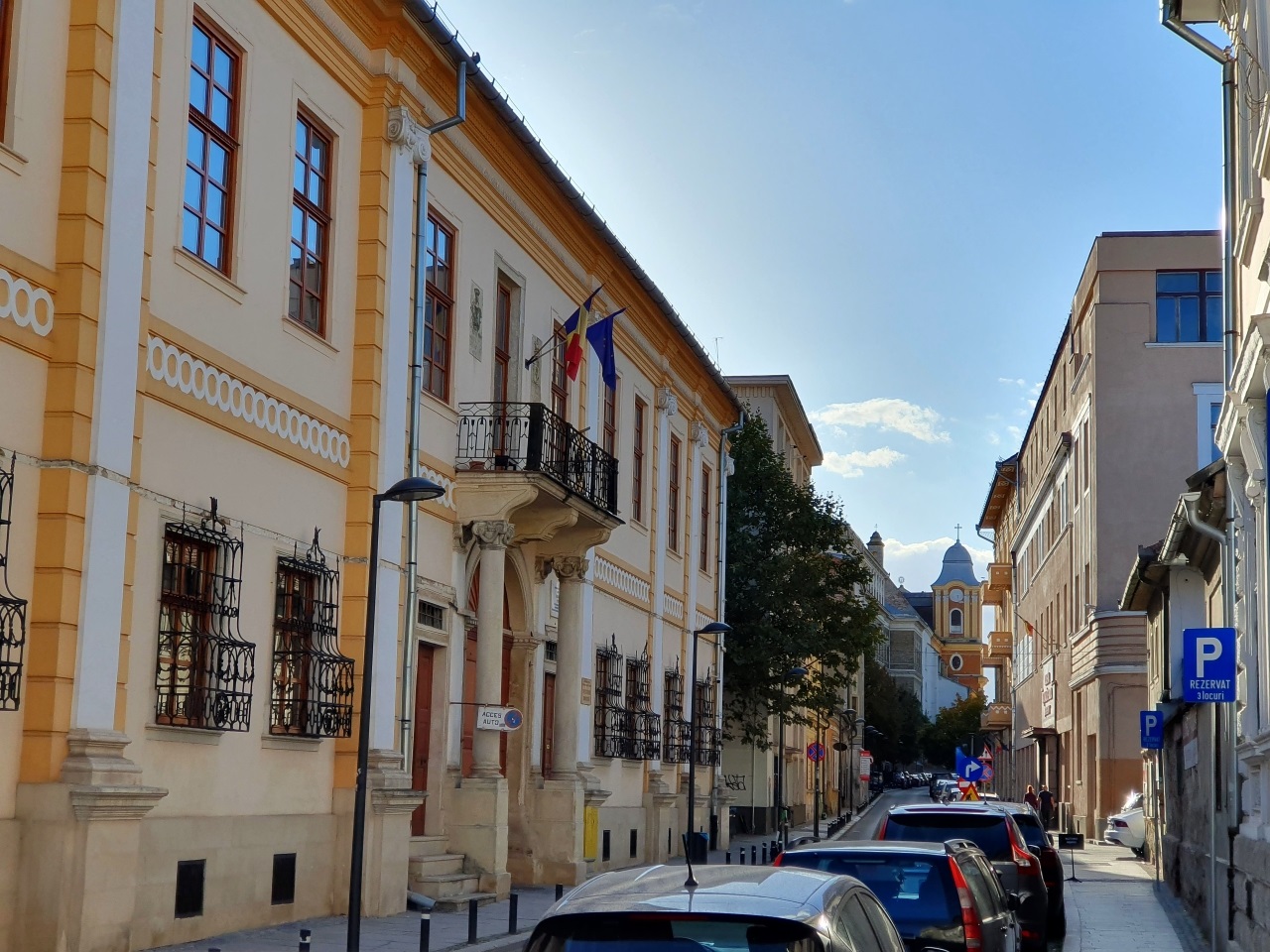
A nice view of Cluj with the Toldalagi-Korda Palace to the left, built in 1803, now being the General Administrative Directorate of Cluj University. In the extreme right side of the image is the wall of the Újhelyi House (or the Goldsmith’s house), built in 1724 in the Baroque style. Still on the right side of the image is the Gheorghe Dima National Music Academy, then the Puck Puppet Theater. Continuing from the palace on the left side, it’s again the University and the Piarist Church.

The Goldsmith’s house is for sale… Who would have thought?!
Cluj-Napoca – South

